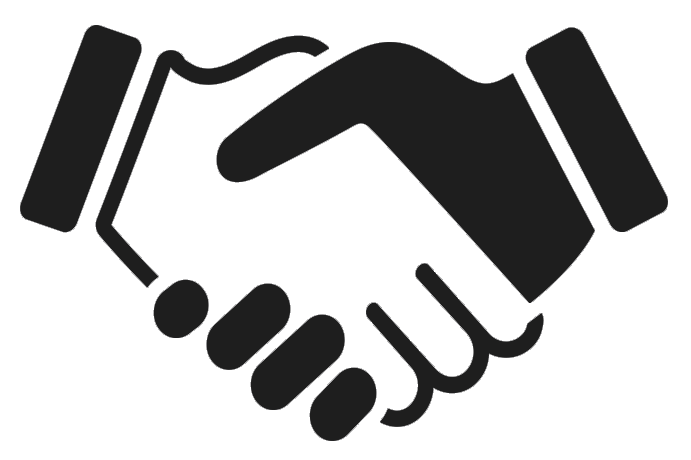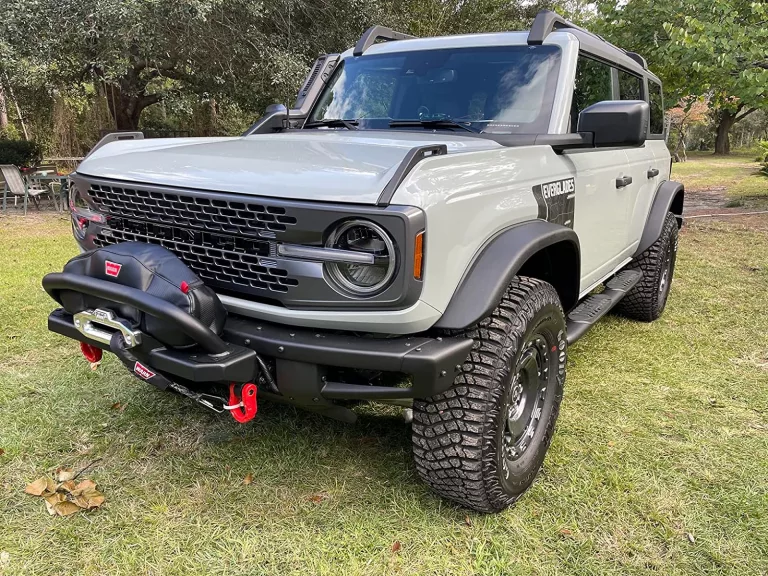Shackles are integral components when using tow straps, ensuring a secure connection between the vehicle and the tow point. Towing shackles, also known as bow shackles or anchor shackles, come in various colors. These colors are often used to indicate the working load limit (WLL) or to distinguish shackles for specific purposes or certifications. Additionally, shackles for tow straps play a crucial role in ensuring secure and efficient towing. Here are some common colors and their meanings.

Common Colors of Towing Shackles
Green
Often indicates that the shackle is certified for use in specific industries, such as the offshore or marine sectors.
Green shackles are sometimes used to denote a particular working load limit or to comply with certain standards.
Red
Frequently used for high-strength or heavy-duty shackles.
Red can also signify a shackle with a specific WLL, particularly in higher ranges.
Yellow
Commonly used to indicate shackles with specific safety certifications or high visibility.
Yellow shackles are often used in construction, lifting, and rigging to ensure they are easily seen.
Blue
Blue shackles might be used to indicate compliance with certain international standards or certifications.
They are also used for general-purpose towing and lifting applications.
Orange
Sometimes used for shackles that need to be highly visible in particular environments.
Orange can indicate a specific WLL or industry standard.
Black
Often used for heavy-duty or high-strength applications.
Black shackles might also be powder-coated for additional corrosion resistance.
Galvanized (Silver or Grey)
Natural color of the metal after galvanization, providing corrosion resistance.
Commonly used for general-purpose applications, both indoor and outdoor.

Importance of Color Coding
The color coding of towing shackles is not universally standardized, and it can vary by manufacturer or industry. However, the general purpose of color coding is to enhance safety and efficiency by providing a quick visual reference for the user. It is essential to refer to the manufacturer’s guidelines and industry standards when selecting and using towing shackles based on their color coding.
Conclusion
Towing shackles come in various colors, each potentially indicating different load capacities, certifications, or specific uses. Common colors include green, red, yellow, blue, orange, black, and galvanized. Understanding these color codes can help ensure the correct shackle is used for the appropriate application, enhancing safety and efficiency in towing, lifting, and rigging operations.
When choosing a towing shackle, always verify the meaning of its color with the manufacturer’s specifications and ensure it meets the required standards for your specific application. If you want to know more about tow shackle, feel free to contact Sail Rigging. our email is manager@qdsailrigging.com.
You May Also Ask
1.Are tow hitch shackles safe?
These tow shackles are designed to either work on your stock tow points (receiver hitch), or with your aftermarket bumpers with welded on gusset recovery points. Tow shackles are strictly controlled and inspected before shipping, so each towing shackles are a safe and reliable way of performing an off-road recovery.
2. Is it illegal to keep a tow hitch on?
By now there is no law in place on a state or federal level that prohibits you from leaving a hitch receiver or ball mount on the back of your vehicle, even when it is not in use.
3.What is the factor of safety for a shackle?
The safety factor is 4:1 & 6:1, 6:1 is after heat treatment. The safety factor we called MBL, MBL = 6x WLL, meaning it will not break until at least a minimum overload of six times the stated working load limit is reached.
4. Which type of shackles do you have?
We have a full line of shackles, US type shackles, JIS type shackles, European type shackles, Australian type shackles, etc. If you want to know more about this, pls visit this artile https://www.qdsailrigging.com/a-comprehensive-guide-to-the-different-types-of-shackles/





